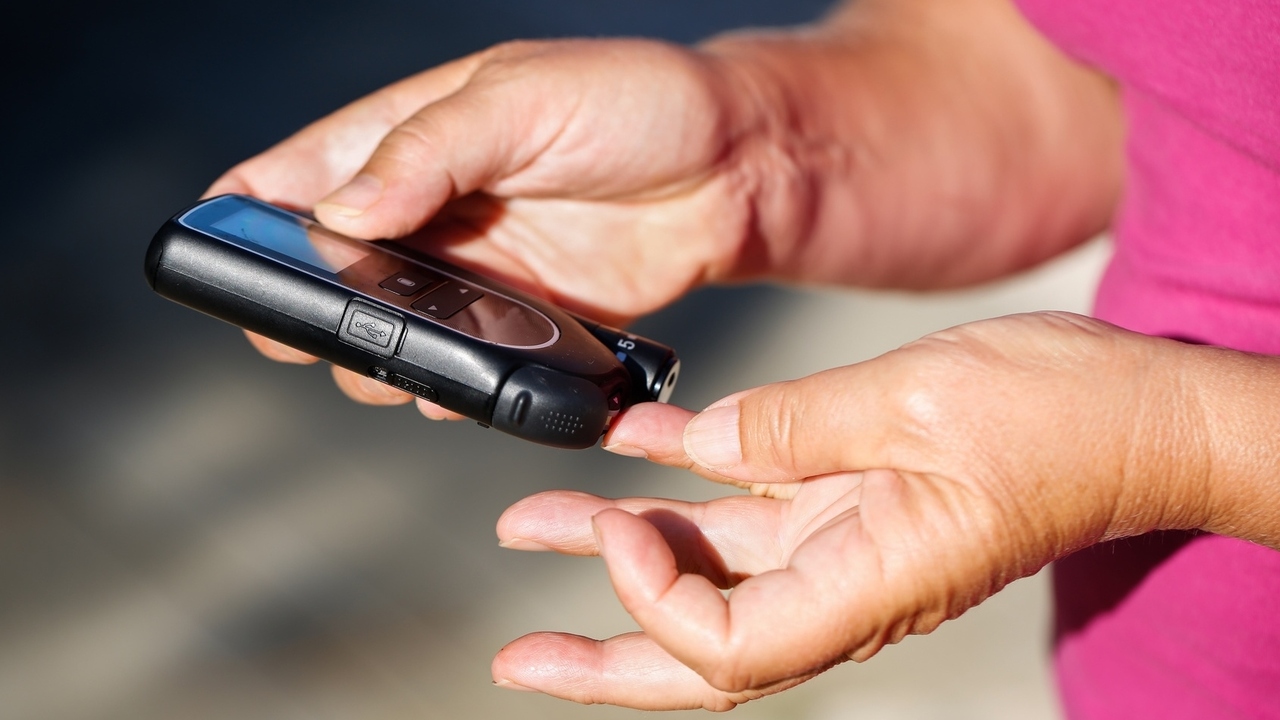 Photo: Getty Images
Photo: Getty Images
Type 1 diabetes is an autoimmune disease with important differences from the more common type 2 diabetes. Type 1 used to be called “juvenile onset” because many newly diagnosed patients are children, but it can also begin in adulthood. There is evidence that young adults have a slower progression of disease symptoms and decline of beta-cell function, compared to children and adolescents.
A recent article in the medical literature reports that health care providers worldwide could do a better job of managing type 1 diabetes. There may be a misconception that intensive insulin therapy is not necessary when patients, especially adults, are first diagnosed. Residual beta-cell function still provides significant insulin for months after diagnosis in some individuals. However, clinical trials have demonstrated that early treatment with at least three insulin injections per day, or an insulin pump, provide much better results than a less intensive treatment with one to two insulin injections per day.
Another mistake is failure to educate patients about how to adjust insulin dosages when they have another illness, such as the flu, that causes them to lose their appetite and eat less food. Infection generally exacerbates hyperglycemia. Thus patients must continue glucose monitoring and insulin injections as appropriate even when they eat very little.
Up to 64 percent of diabetes patients do not monitor their glucose adequately, according to the report from the Global Partnership for Effective Diabetes Management. Health care providers should offer support to patients who have motivational or other psychological barriers, low education or socioeconomic status, or cost issues that make self-monitoring difficult.
The fear of hypoglycemia (low blood sugar) in both patients and physician can lead to inadequate insulin treatment. Intensive insulin therapy increases the risk of hypoglycemia, which can be a serious handicap for the patient in terms of employment, driving, physical activity, and personal relationships. Risk factors include disruptions in the eating schedule and mistiming insulin/food intake around exercise. Alcohol can cause hypoglycemia and impair recovery from an episode. Patients need adequate education about how to keep their blood sugar in the “Goldilocks zone”: not too low, not too high, but just right.
Finally, doctors need to monitor patients for diabetes complications, primarily cardiovascular disease, for early detection and treatment. The authors of Reference 1 recommend a multidisciplinary team including the primary care physician, diabetes specialist, nurse, dietitian, podiatrist, psychologist/psychiatrist, as well as the patient and family and friends for optimal management of type 1 diabetes.
References:
Aschner P et al, “Practical steps to improving the management of type 1 diabetes: recommendations from the Global Partnership for Effective Diabetes Management”, Int J Clin Pract. 2010 Feb; 64(3): 305-315.
Linda Fugate is a scientist and writer in Austin, Texas. She has a Ph.D. in Physics and an M.S. in Macromolecular Science and Engineering. Her background includes academic and industrial research in materials science. She currently writes song lyrics and health articles.






Add a CommentComments
There are no comments yet. Be the first one and get the conversation started!